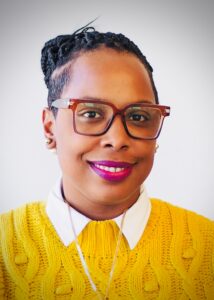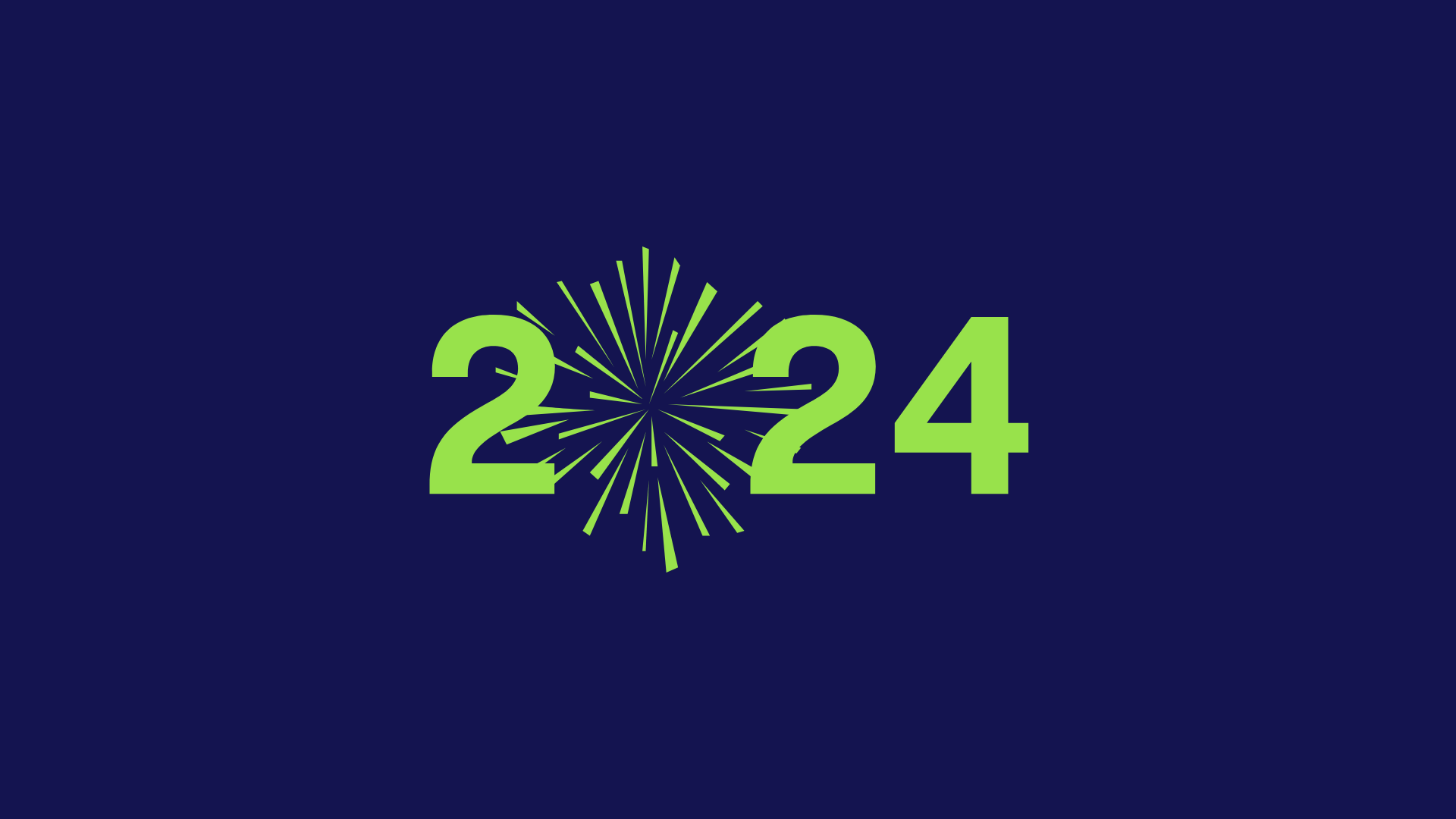Academic Intensity Is About More Than Just Advanced Courses
Carol Wright | August 13, 2023
With a background in K-12 public education spanning over 16 years, Carol brings a wealth of experience as an adept educator and skilled administrator to the table. Based in Austin, she’s now leveraging her expertise in strategic scheduling, instructional leadership, and driving school improvement initiatives in her role at Abl supporting district and school leaders.

Throughout my journey in the education world, I’ve worn a variety of hats – from being a math and science teacher to stepping into roles like associate principal and academic dean. These days, I find myself supporting districts nationwide as they dive into Abl’s solutions, all in the pursuit of creating systems that produce reliable and consistent outcomes for students.
Abl’s mission revolves around the idea of academic intensity and how it links up with preparing students for college and career. Just recently, a colleague of mine wrote about the solid data that shows how a student’s level of academic intensity during high school plays a critical role in their enrollment and success in postsecondary education.
Whenever we introduce Abl’s Academic Intensity Measure (AIM) during our professional development sessions, one question keeps popping up: “I get that intensity is important, but not every student will be successful taking seven AP courses. Trying to fit them all in could set them up for failure – what’s the approach then?”
And you know what? They’ve got a point. Seven AP courses, while certainly intense, is not (and arguably, should not be) for everyone, and that is perfectly fine. But this brings us to a great question: How can we give students the chance to engage in an academically intense path while still respecting their strengths and areas where they might need a bit more support?
That’s where Abl steps in. Our tools measure academic intensity by looking at three core areas: advanced coursework, course progression, and persistence.
First up, advanced coursework. We examine the number of advanced courses a student takes, whether it’s honors, dual credit, college in the high school, or the big ones like AP and IB coursework.
Then there’s course progression. We note the highest level of math and science a student takes and track specific science sequences (think biology, chemistry, and physics) that strongly signal they’re headed toward post-secondary success.
Finally, there is persistence. We measure into how many credits, regardless of level, a student earns within core subjects like English, math, science, social studies, and world languages.
When students stick with these subjects beyond the bare minimum required for graduation, it shows they’re interested in building a solid understanding of the content. And that persistence that sets them up for success, whether they’re off to college or diving into a career.
In an era where colleges are rethinking the importance of a single test score and shifting towards valuing the holistic story presented by a transcript, the way a student navigates their high school years holds tremendous value for college admissions offices. For K-12 districts, it’s never been more important to ensure that students are empowered to build an academic pathway that accounts for their unique passions, past experiences, and future ambitions.
But what does this all look like in the life of an actual student? Say hello to Claudia. She wants to be a teacher one day and is excited about her school’s early childhood education CTE programming. We know Claudia will need to get a four year degree eventually to be a teacher. Ensuring that she has a strong academic core coupled with rich CTE experiences will prepare her for her future goals and will ensure she is ready to handle the rigor and challenges of her postsecondary education.
Claudia’s a rock star when it comes to English – she’s been consistently earning A’s in her first two years of high school. Our aim for her? Leveling up in her area of strength by tackling AP or dual enrollment English courses during her final two years.
Now, Claudia’s journey isn’t all smooth sailing. Social sciences have been a bit trickier for her. Instead of giving up after meeting her two-year social science requirement, we encourage her to press on, even if it means taking grade-level courses.
As colleges review Claudia’s transcript, they gain insight into her journey. It’s clear she didn’t settle for the status quo with just regular English courses; she stepped up to more demanding challenges. And they’ll notice her tenacity as she faced difficulties in social sciences but didn’t let that deter her – a prime example of what we refer to as persistence. Couple these traits with her demonstrated interest in pursuing a career in education, and colleges see a prime candidate for admission.
At the heart of it all, academic intensity boils down to a student’s drive to learn and grow. It doesn’t matter whether they’re diving into advanced coursework or continuously improving in their chosen subjects. Abl’s Academic Intensity Measure takes all these diverse experiences and wraps them up into a single perspective, one that truly celebrates the dedication, determination, and enthusiasm students pour into their education, regardless of the specific path they choose.






